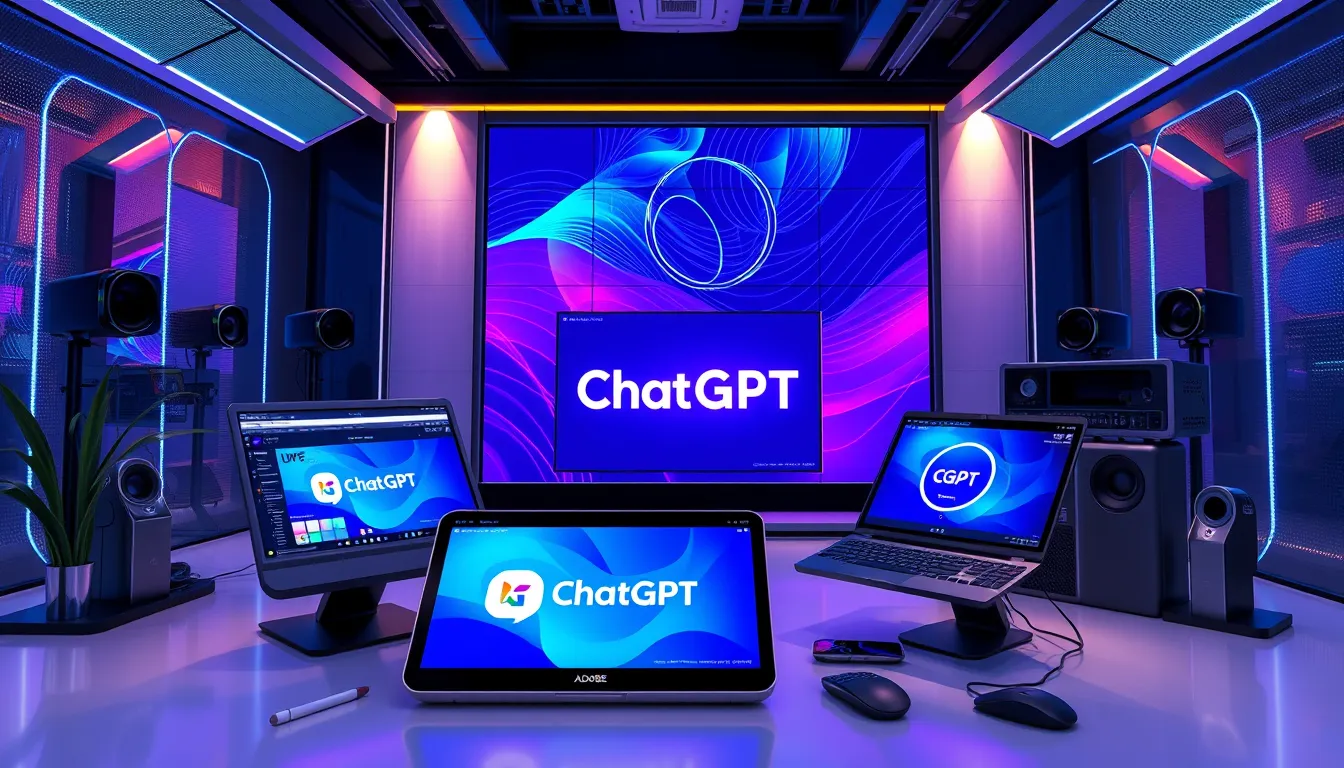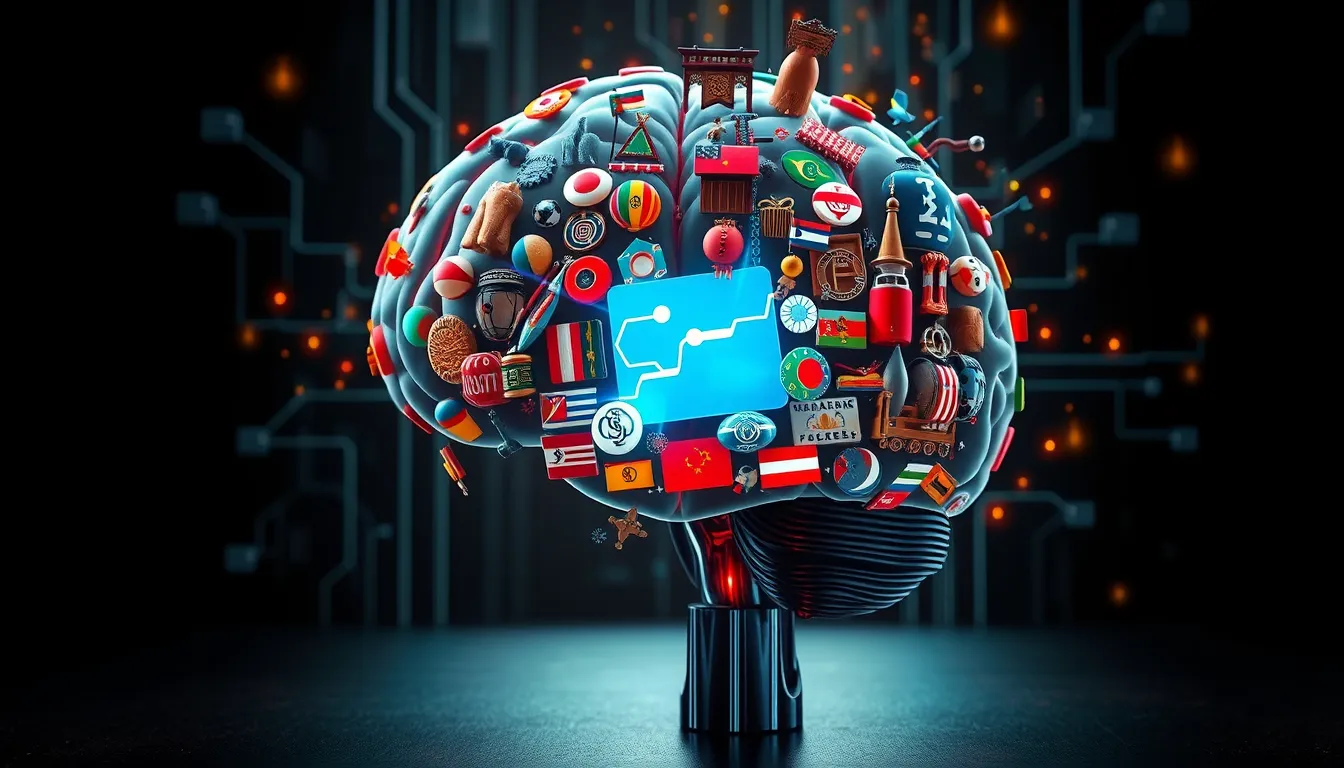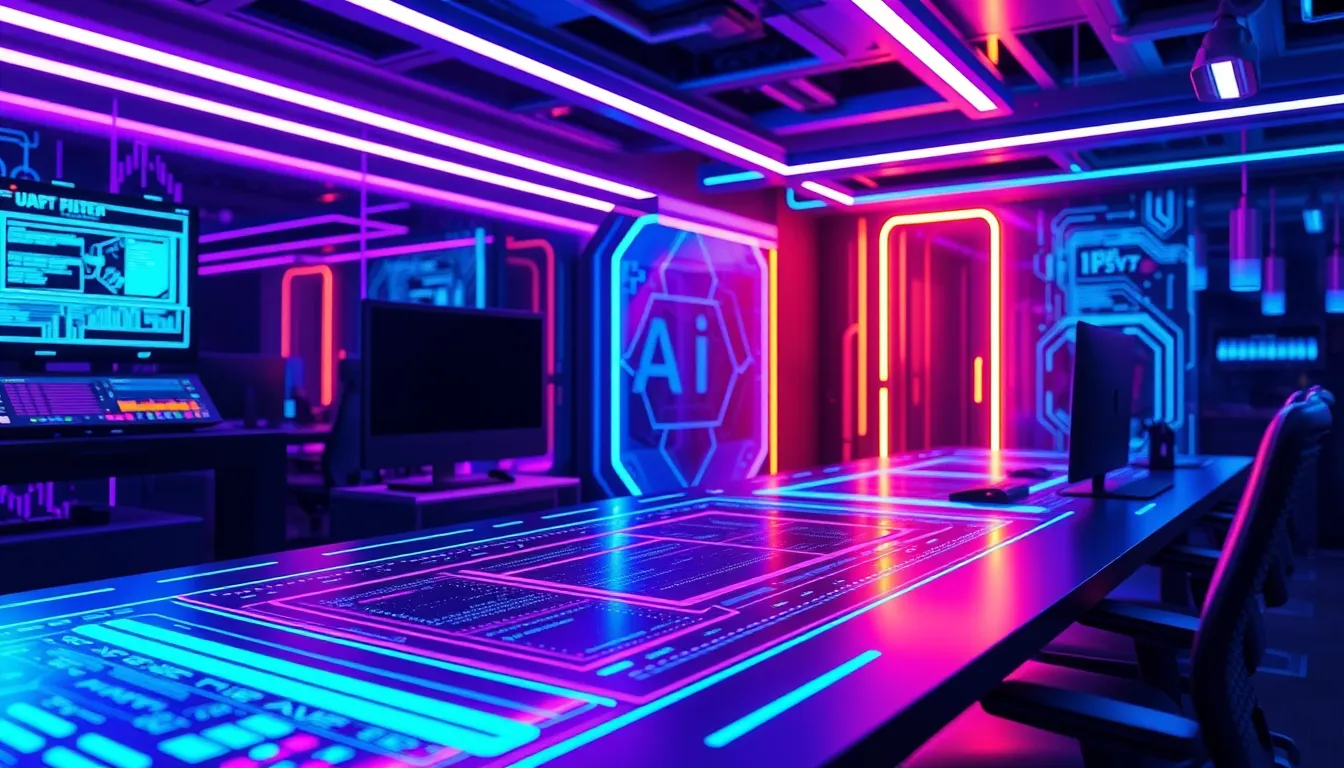Now Reading: Adobe Image Generation: ChatGPT Meets Figma
-
01
Adobe Image Generation: ChatGPT Meets Figma
Adobe Image Generation: ChatGPT Meets Figma

Adobe Image Generation: ChatGPT Meets Figma
In a groundbreaking move that redefines digital creativity, industry leaders Adobe and Figma are integrating ChatGPT’s advanced image generation model into their platforms. This powerful merger is set to transform creative workflows by combining the robustness of Adobe image generation with the dynamic collaborative tools of Figma AI design.
The Evolution of Digital Design
The world of digital design is evolving rapidly. As generative AI makes its presence felt across creative software, tools like Adobe and Figma are pioneering innovations that streamline design processes while inspiring fresh ideas. With the integration of ChatGPT image generation, designers and creative professionals are now equipped with a tool that transforms text-based inputs into visually compelling outputs.
Adobe image generation has long been a frontrunner in digital creation, and its new integration with ChatGPT further accelerates this progress. This advancement not only supports rapid prototyping but also opens up new avenues for ideation. Designers can now experiment with various styles and concepts without the extensive manual editing traditionally required.
Key Benefits and Innovations
The integration of ChatGPT’s image generation model into Adobe and Figma offers several significant benefits:
- Faster Concept Creation: Designers can rapidly generate visual concepts directly from descriptive prompts.
- Enhanced Creative Flexibility: The integration merges Adobe image generation capabilities with intuitive Figma AI design, allowing for seamless transitions between complex designs and simple ideation.
- Streamlined Collaboration: Teams can leverage AI to create components and layouts that suit collaborative projects, reducing iteration times significantly.
Additionally, this integration harnesses the strengths of each platform. Adobe remains a giant in digital media with tools like Photoshop, Illustrator, and InDesign, all of which benefit from enhanced image generation features. Meanwhile, Figma stands out in the realm of UI/UX and collaborative design, offering real-time editing and prototyping capabilities that are now supercharged with AI.
Integrating ChatGPT Image Generation into Adobe and Figma
One of the most exciting facets of this development is how it paves the way for integrating ChatGPT image generation into Adobe and Figma. By embedding AI-driven processes directly into design environments, creative professionals can tackle tasks that were once time-consuming. The process works as follows:
- Input a textual description into the design tool.
- The AI model processes the input and generates a contextually relevant image.
- Designers can then tweak, refine, and integrate the image into their projects.
This workflow not only boosts efficiency but also sparks creative experimentation. As more teams adopt this technology, the boundaries between manual interaction and AI-assisted design continue to blur in exciting ways.
How AI Enhances Creative Workflows in Digital Design
Beyond mere speed, the integration illustrates how AI enhances creative workflows in digital design. Traditional design work often demands prolonged periods of brainstorming and multiple iterations. With tools like Adobe image generation powered by ChatGPT, the creative process becomes both flexible and dynamically responsive. Designers can generate multiple concepts in minutes, evaluate them, and decide on the best direction without extensive rework.
Moreover, by automating repetitive tasks, designers are freed up to focus on creativity and strategy. This collaboration enhances overall productivity, making it easier for teams to meet deadlines and adapt swiftly to market trends.
Figma AI Design – A Collaborative Revolution
Figma is renowned for its collaborative features, and its integration with AI marks a significant leap forward. With Figma AI design tools now embedded in the creative suite, teams can work together in real time, making design corrections and adjustments on the fly. This synergy between Adobe image generation and Figma’s intuitive interface means that design iterations can be executed with unprecedented speed and clarity.
- Real-time collaboration and feedback
- Accelerated project timelines
- Higher quality design outputs
By leveraging these tools, creative teams can move from ideation to execution rapidly, ensuring they remain competitive in today’s fast-paced digital market.
Ethical Considerations and Future Outlook
With the disruptive potential of Adobe image generation driven by AI, ethical considerations naturally follow. Two of the most discussed issues include the ethical considerations of AI-generated content in design and the impact on traditional creative roles. Industry leaders are addressing concerns such as intellectual property rights and the responsible use of AI by establishing guidelines and frameworks to safeguard both creators and users.
This responsible approach ensures that while the creative process is revolutionized, the human element remains central. Companies like Adobe and Figma are engaging in ongoing dialogues about best practices and the future of creative technologies.
Looking Ahead
The future of digital design looks exceedingly promising as Adobe image generation continues to evolve, enhanced by the sophistication of ChatGPT. Some potential future trends include:
- More granular control over AI outputs
- Improved integration with other digital tools
- Enhanced personalization through user feedback
For those interested in exploring these innovations further, visit the official Adobe website (https://www.adobe.com) and Figma’s official site (https://www.figma.com) for the latest updates and tool capabilities.
Conclusion
In conclusion, the fusion of Adobe image generation with ChatGPT and Figma AI design is set to revolutionize the digital design landscape. This integration not only simplifies the creative process but also unlocks new creative potential across various industries. By leveraging rapid prototyping, seamless collaboration, and ethical AI practices, the creative community is entering a new era where human creativity and machine intelligence coalesce to produce extraordinary outcomes.
The advent of these technologies marks an exciting chapter in design innovation. As AI continues to evolve and integrate into everyday creative workflows, the possibilities for digital design are boundless. Embrace this change and explore how tools like Adobe image generation can transform your creative process for the better.

























